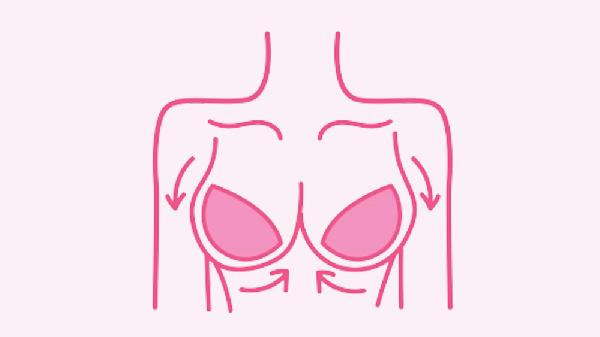Muscle atrophy can start to set in as quickly as 72 hours of inactivity, but the timeline varies depending on factors like age, fitness level, and overall health. If you’re wondering how long it takes for your muscles to start losing their strength and size, the answer isn’t one-size-fits-all. Let’s break it down so you can stay ahead of the game and keep those gains intact.

Muscle atrophy is the wasting or loss of muscle tissue, and it happens when your muscles aren’t being used enough. Think of it like this: your body is super efficient, and if it senses you’re not using certain muscles, it starts to break them down to conserve energy. This process is called muscle catabolism. It’s not just about looking less jacked—muscle atrophy can seriously impact your strength, mobility, and overall health.
There are two main types of muscle atrophy: disuse atrophy and neurogenic atrophy. Disuse atrophy is the most common and occurs when you’re not moving enough—like when you’re stuck in bed recovering from an injury or binge-watching your favorite show for days on end. Neurogenic atrophy, on the other hand, is caused by nerve damage or diseases like ALS or multiple sclerosis, which disrupt the signals between your nerves and muscles.
Here’s the kicker: muscle atrophy can start in as little as three days of inactivity. Studies show that even short periods of immobility can lead to noticeable muscle loss, especially in older adults or those who are already sedentary. For athletes or highly active individuals, the process might take a bit longer, but it’s still a real concern. After about two weeks of inactivity, muscle mass and strength can decline significantly, and by three weeks, you might start feeling weaker and less capable.
While anyone can experience muscle atrophy, some folks are more prone to it than others. Older adults are at higher risk because of natural age-related muscle loss, known as sarcopenia. People with chronic illnesses, injuries, or conditions that limit mobility are also more susceptible. Even if you’re young and healthy, prolonged periods of inactivity—like sitting at a desk all day—can still lead to muscle wasting over time.
The good news? You can totally fight back against muscle atrophy. The key is to stay active, even if it’s just light movement. Resistance training is your best friend here—lifting weights or doing bodyweight exercises helps maintain muscle mass. If you’re recovering from an injury or illness, work with a physical therapist to create a safe exercise plan. And don’t forget about nutrition! Eating enough protein and calories is crucial for muscle maintenance and repair.
Spotting muscle atrophy early can help you take action before it gets worse. Common signs include muscle weakness, a decrease in muscle size, and difficulty performing everyday tasks like climbing stairs or carrying groceries. If you notice one limb looking smaller or weaker than the other, that’s a red flag. And if you’re feeling unusually fatigued or stiff, it might be time to reassess your activity level.
Absolutely! While it’s easier to prevent muscle atrophy than to reverse it, it’s not impossible. Consistent exercise, especially strength training, can help rebuild lost muscle. Start slow and gradually increase the intensity to avoid injury. Pair your workouts with a balanced diet rich in protein, healthy fats, and complex carbs. In some cases, physical therapy or medical interventions might be necessary, especially if the atrophy is due to an underlying condition.
You can’t out-train a bad diet, and that’s especially true when it comes to muscle atrophy. Protein is the MVP here—it provides the building blocks your muscles need to repair and grow. Aim for a mix of lean protein sources like chicken, fish, eggs, and plant-based options like beans and lentils. Don’t skimp on calories either; your body needs energy to maintain muscle mass. And don’t forget about micronutrients like vitamin D, magnesium, and omega-3 fatty acids, which support muscle health.
While staying active is crucial, so is giving your body time to recover. Overtraining can lead to muscle fatigue and even injury, which can set you back. Make sure you’re getting enough sleep—your muscles repair themselves while you’re catching those Z’s. And don’t underestimate the power of active recovery, like stretching, yoga, or light walking, to keep your muscles engaged without overdoing it.
If you’re experiencing sudden or severe muscle weakness, unexplained muscle loss, or pain, it’s time to see a doctor. These symptoms could indicate an underlying medical condition that needs attention. A healthcare professional can run tests, diagnose the issue, and recommend a treatment plan tailored to your needs.
Muscle atrophy might sound scary, but with the right knowledge and habits, you can keep it at bay. Stay active, eat well, and listen to your body—it’s the best way to maintain your strength and health for the long haul.
























